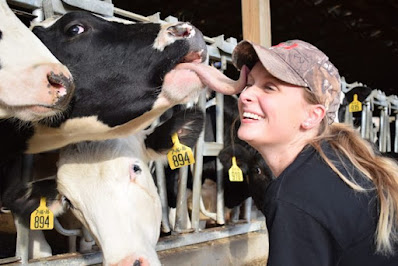When to inseminate your cow:
Inseminate the cows during the last half of standing heat. This also applies when using bulls.
The AM-PM Rule.
This rule states that cows that are first seen in standing heat in the morning (AM) should be inseminated in the afternoon (PM) and those observed standing in the evening should be inseminated the next morning. These guidelines will help you understand this rule:
The AM-PM Rule.
This rule states that cows that are first seen in standing heat in the morning (AM) should be inseminated in the afternoon (PM) and those observed standing in the evening should be inseminated the next morning. These guidelines will help you understand this rule:
 |
| cow |
Best fertility is obtained when cattle are inseminated during the last half of standing heat.
Carry out routine heat checks to determine the beginning of heat and thus predict the last half of the heat.
If heat detection is not routine, inseminate the cows soon after they are first detected in standing heat. Waiting 10 or 12 hours would probably be too late.
Note that factors other than timing of insemination can affect conception.
Ovulation takes place about 24 to 32 hours after the first signs of heat.
Ovulated eggs remain fertilizable for 10 – 20 hours but capability of developing into normal embryos linger for only 8–10 hours.
The likelihood of embryonic death increases with time beyond ovulation, hence viable sperm should be at the site of fertilization awaiting the arrival of the freshly ovulated egg.
Inseminating too early or too late allows an aged sperm or an aged egg to interact at the site of fertilization and may result in poor conception.
All these mean accurate timing! Your responsibility is to ensure conception at first service and minimize repeat services as much as possible. Routine heat detection and timely reporting of the same will enable adequate and timely preparation of the inseminator.
